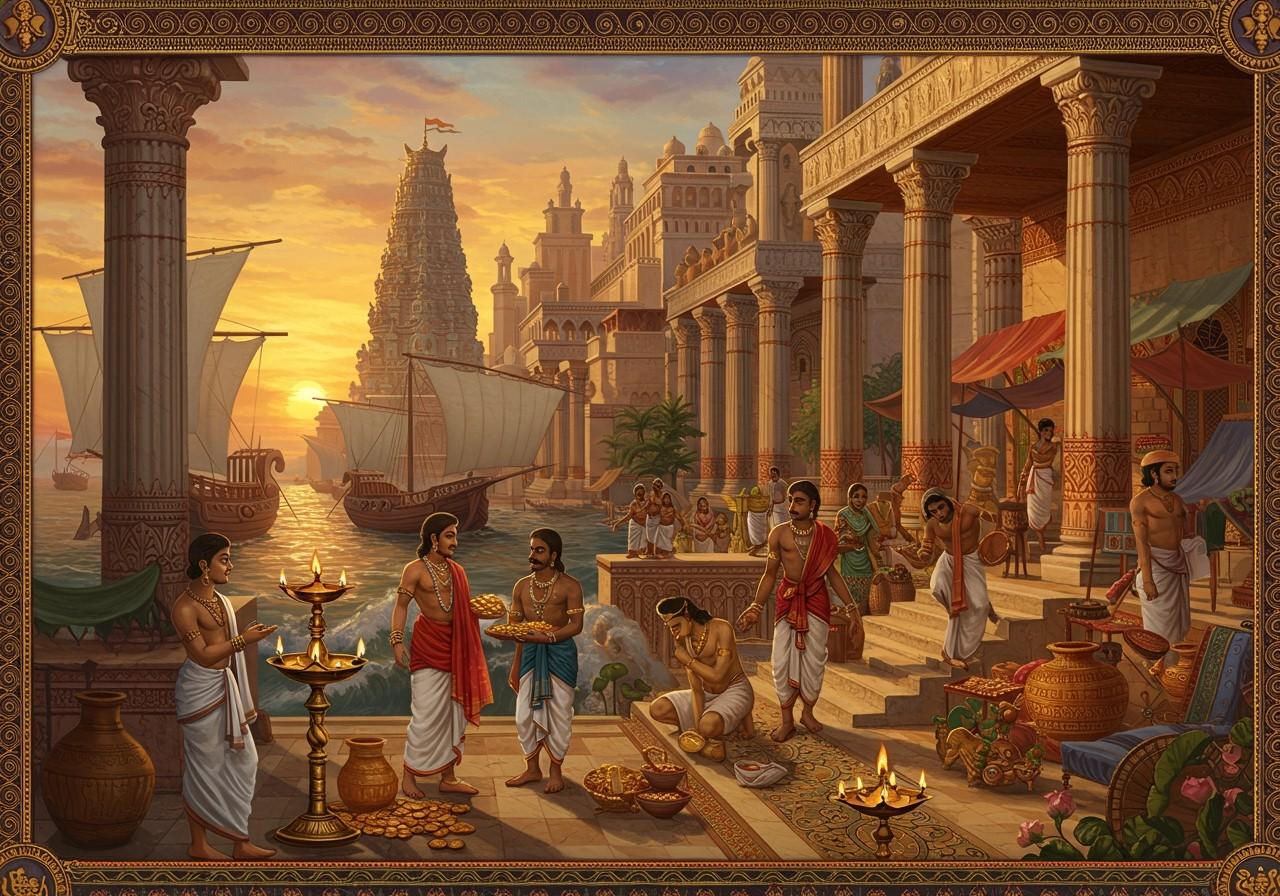
The ancient history of India is rich with fascinating interactions between local cultures and foreign settlers. One such group, known as the Yavanas (often identified with the ancient Greeks), played a significant role in shaping the cultural and economic landscape, particularly in the northern regions. This article delves into the Yavanas’ presence in India, their historical significance, and the impact of their interactions.
Who Were the Yavanas?
Understanding the Yavanas’ influence requires clarifying their identity. The term “Yavana” initially referred to the Ionian Greeks but later encompassed various Hellenistic peoples. They primarily interacted with India’s northwestern regions from the 6th century BC to the 5th century AD, following Greek expeditions towards Persia.
- Definition and Origins: “Yavana” denoted Ionian Greeks and later included other Hellenistic groups. Their arrival in India coincided with Alexander the Great’s campaigns and continued afterward.
- Historical Context: The Yavanas’ arrival in India is linked to Alexander the Great’s expeditions in the 4th century BC. Subsequent interactions led to the emergence of Indo-Greek kingdoms and cultural exchange.
Yavana Settlements and Interactions in India
Yavana presence was primarily concentrated in northern India, particularly in regions like Gandhara and Mathura.
- Geographic Focus: The Yavanas primarily interacted with northern India, unlike what previous iterations of this article suggested about South India. Their influence is evident in cities like Mathura and Gandhara.
- Sirkap: The city of Sirkap, founded by the Greco-Bactrian king Demetrius I of Bactria around the 2nd century BC, exemplifies the fusion of Greek and Indian architectural styles and urban planning.
Cultural and Religious Exchange
Interactions between the Yavanas and local Indian populations resulted in a blend of cultural and religious influences.
- Religious Interactions: The Yavanas encountered Buddhism, a prominent faith in India at the time. This interaction likely influenced the development of Greco-Buddhist art.
- Art and Iconography: The Gandhara school of art, flourishing from the 1st to the 5th century AD, displays a clear fusion of Greek and Indian artistic traditions, particularly in Buddhist sculptures.
Poojn.in: Connecting You to India’s Rich Spiritual Heritage
Poojn.in, India’s leading store for cultural and religious goods, offers a wide selection of items that connect you with India’s rich spiritual heritage. For those fascinated by the historical and cultural exchanges between ancient India and the Hellenistic world, we offer products that reflect these traditions:
- Sculptures: Explore our exquisite collection of deities, including those reflecting influences from various historical periods. These sculptures serve as beautiful reminders of India’s artistic heritage.
- Ritual Items: Discover authentic puja items and ritual materials crafted using traditional techniques. These items enable you to connect with ancient practices.
Visit poojn.in today to explore our diverse collection and enrich your understanding of India’s spiritual traditions.
Conclusion
The Yavanas’ presence in India, primarily in the north, marks a significant chapter of cultural exchange. The fusion of Greek and Indian elements is visible in art, architecture, and potentially even religious thought. Exploring this historical interaction provides valuable insights into the interconnectedness of ancient civilizations and the enduring legacy of cultural fusion. Understanding this period enhances our appreciation of India’s rich and diverse past.


